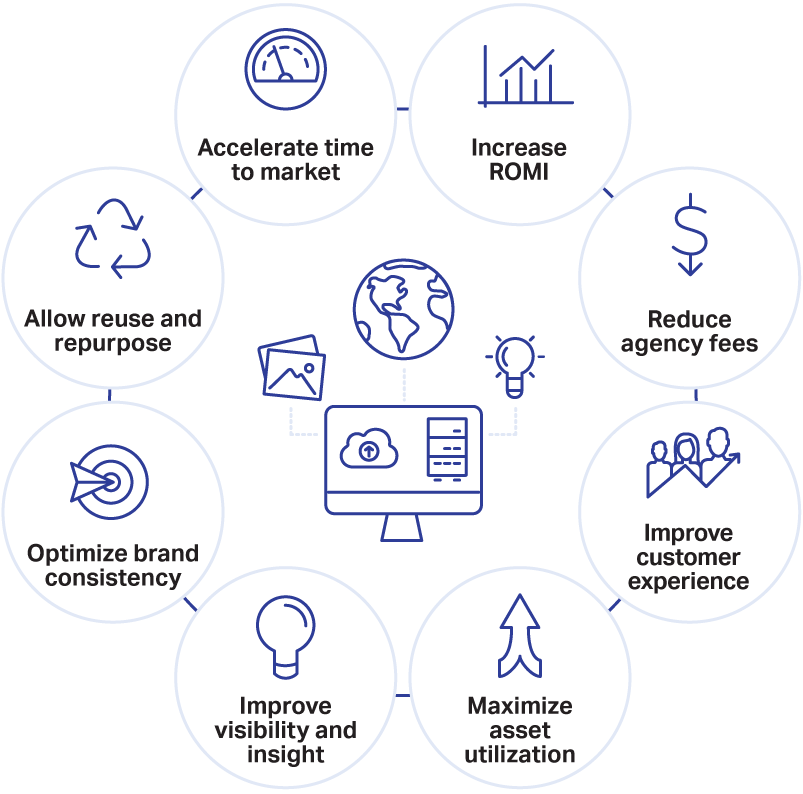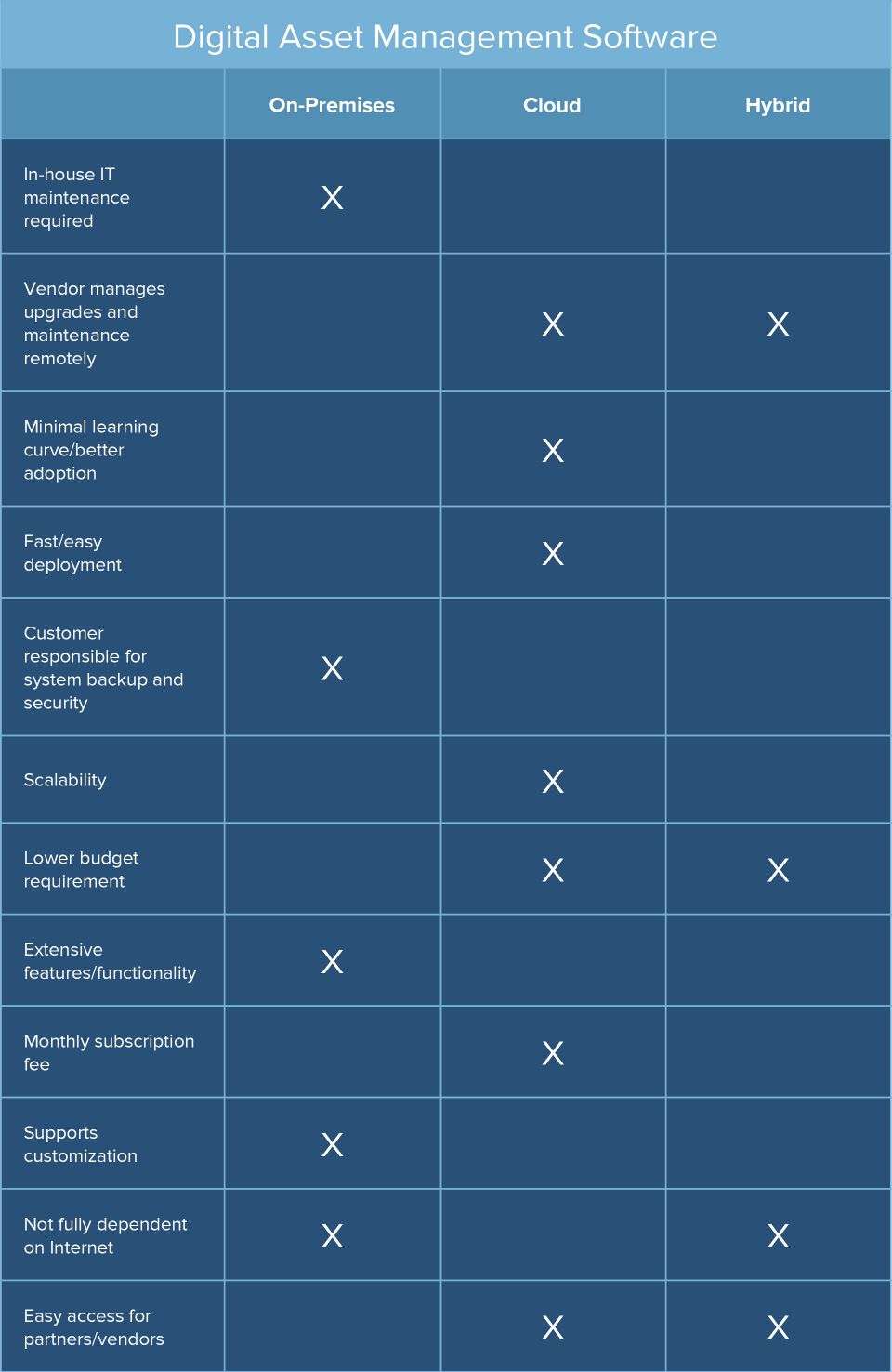Digital Asset Management Systems: Your Guide to Organizing Your Digital World
In today’s digital age, we’re constantly creating and collecting digital assets: photos, videos, documents, audio files, and more. Managing these assets can quickly become overwhelming, leading to lost files, wasted time searching, and even missed opportunities. That’s where a Digital Asset Management (DAM) system comes in. Think of a DAM system as a super-organized filing cabinet for your digital world, making it easier to find, use, and share your assets.
What is a Digital Asset Management (DAM) System?
A DAM system is a software solution designed to centralize, organize, and manage your digital assets. It’s like having a personal librarian for your digital files, helping you keep everything in order and easily accessible. Instead of scattered files on your computer, hard drives, and cloud storage, a DAM system brings everything together in one central location. This improves efficiency, collaboration, and overall control over your digital assets.
Keywords: Digital Asset Management, DAM, digital asset management system, digital asset management software, asset management, digital asset organization, digital file management, digital library, centralized asset management
Key Benefits of Using a DAM System
Using a DAM system offers numerous advantages, regardless of whether you’re an individual, a small business, or a large corporation. Here are some key benefits:
-
Improved Organization: Say goodbye to endless folder searches! A DAM system provides a structured way to organize your assets using keywords, tags, metadata, and other organizational tools. You’ll find what you need quickly and easily.
-
Enhanced Collaboration: Sharing assets with colleagues, clients, or family becomes seamless. A DAM system often includes features for controlled access, version control, and collaborative editing.
-
Centralized Storage: No more worrying about losing files due to hard drive failures or accidental deletions. A DAM system provides secure, centralized storage for all your digital assets.

-
Simplified Asset Management: Managing your digital assets becomes more efficient. You can easily track usage, manage versions, and monitor access rights.
Increased Productivity: By streamlining your workflow, a DAM system frees up your time and resources, allowing you to focus on more important tasks.
-
Brand Consistency: For businesses, a DAM system helps maintain brand consistency by providing easy access to approved logos, templates, and brand guidelines.

Keywords: DAM benefits, advantages of DAM, DAM features, DAM functionality, improved organization, enhanced collaboration, centralized storage, simplified asset management, increased productivity, brand consistency
| Benefit | Description | Example |
|---|---|---|
| Improved Organization | Easily find assets using keywords, tags, and metadata. | Quickly locate a specific photo from a trip using keywords like "beach," "summer," "2023." |
| Enhanced Collaboration | Seamlessly share assets with others, controlling access and version history. | Collaborate on a project with team members, ensuring everyone uses the latest version. |
| Centralized Storage | Securely store all assets in one location, preventing loss or damage. | All marketing materials are stored in one place, easily accessible to the team. |
Types of DAM Systems
DAM systems come in various shapes and sizes, catering to different needs and budgets. Some are cloud-based, offering accessibility from anywhere, while others are on-premise, requiring installation on your own servers. Some are simple and user-friendly, ideal for individuals or small businesses, while others are complex and feature-rich, suitable for large enterprises.
Keywords: DAM types, cloud-based DAM, on-premise DAM, DAM software options, DAM solutions, DAM features comparison
| Type of DAM | Description | Best for |
|---|---|---|
| Cloud-based DAM | Accessible from anywhere with an internet connection. | Individuals, small businesses, remote teams |
| On-premise DAM | Installed on your own servers, providing more control and security. | Large enterprises with high security requirements |
| Open-source DAM | Free to use, but may require more technical expertise to set up and maintain. | Tech-savvy individuals and organizations with limited budgets |
Choosing the Right DAM System for You
Selecting the right DAM system depends on your specific needs and resources. Consider the following factors:
-
Your budget: DAM systems range in price from free to thousands of dollars per year.
-
Your technical skills: Some systems are more user-friendly than others.
-
The size of your organization: A small business will have different needs than a large corporation.
-
The type of assets you manage: Different systems are better suited for different types of files.
-
Scalability: Will your needs change in the future? Choose a system that can grow with you.
Keywords: Choosing a DAM, DAM selection criteria, DAM system comparison, DAM pricing, DAM scalability, DAM user-friendliness
How to Use a DAM System Effectively
Once you’ve chosen a DAM system, it’s essential to use it effectively to maximize its benefits. Here are some tips:
-
Establish a clear naming convention: Use consistent and descriptive names for your assets.
-
Use metadata effectively: Add relevant keywords, tags, and descriptions to your assets.
-
Regularly clean up your DAM: Delete or archive old or unused assets to keep your DAM organized.
-
Train your team: Ensure everyone understands how to use the system effectively.
-
Monitor and review usage: Track how your team is using the DAM and make adjustments as needed.
Keywords: Effective DAM usage, DAM best practices, DAM tips, DAM optimization, DAM training, DAM monitoring
The Future of Digital Asset Management
The field of digital asset management is constantly evolving. We can expect to see even more sophisticated and user-friendly systems in the future, with improved features for artificial intelligence, automation, and integration with other business tools.
Keywords: Future of DAM, DAM trends, AI in DAM, DAM automation, DAM integration
| Future Trend | Description | Impact on Users |
|---|---|---|
| AI-powered tagging | Automatic tagging and metadata generation. | Faster organization and retrieval of assets. |
| Automation | Automated workflows for asset processing and approval. | Increased efficiency and reduced manual effort. |
| Enhanced Integration | Seamless integration with other business tools, such as CRM and CMS. | Improved collaboration and workflow streamlining. |
Conclusion
Implementing a DAM system can significantly improve your organization, efficiency, and productivity in managing your digital assets. By carefully considering your needs and choosing the right system, you can transform how you handle your digital world. Remember to establish clear workflows, use the system consistently, and regularly maintain your DAM to reap its full benefits.
Keywords: DAM conclusion, DAM summary, benefits of DAM, DAM implementation
Frequently Asked Questions (FAQ)
-
Q: What is the cost of a DAM system? A: The cost varies widely depending on the features, scalability, and vendor. Some systems offer free plans, while others can cost thousands of dollars per year.
-
Q: Is a DAM system right for me? A: If you find yourself struggling to organize and manage your digital assets, a DAM system can be a valuable tool. Even individuals can benefit from using a DAM.
-
Q: How long does it take to implement a DAM system? A: The implementation time depends on the size and complexity of your organization and the chosen system. It can range from a few days to several months.
-
Q: What are some examples of DAM systems? A: Popular DAM systems include Bynder, Adobe Experience Manager, and Widen. There are many other options available, catering to different needs and budgets.
-
Q: Can I integrate my DAM system with other software? A: Many DAM systems offer integration with other business tools, such as CRM and CMS. Check the specific features of the system you’re considering.
Keywords: DAM FAQ, DAM questions, DAM answers, DAM cost, DAM implementation time, DAM integration
I hope this article is helpful! Let me know if you have any other requests.
